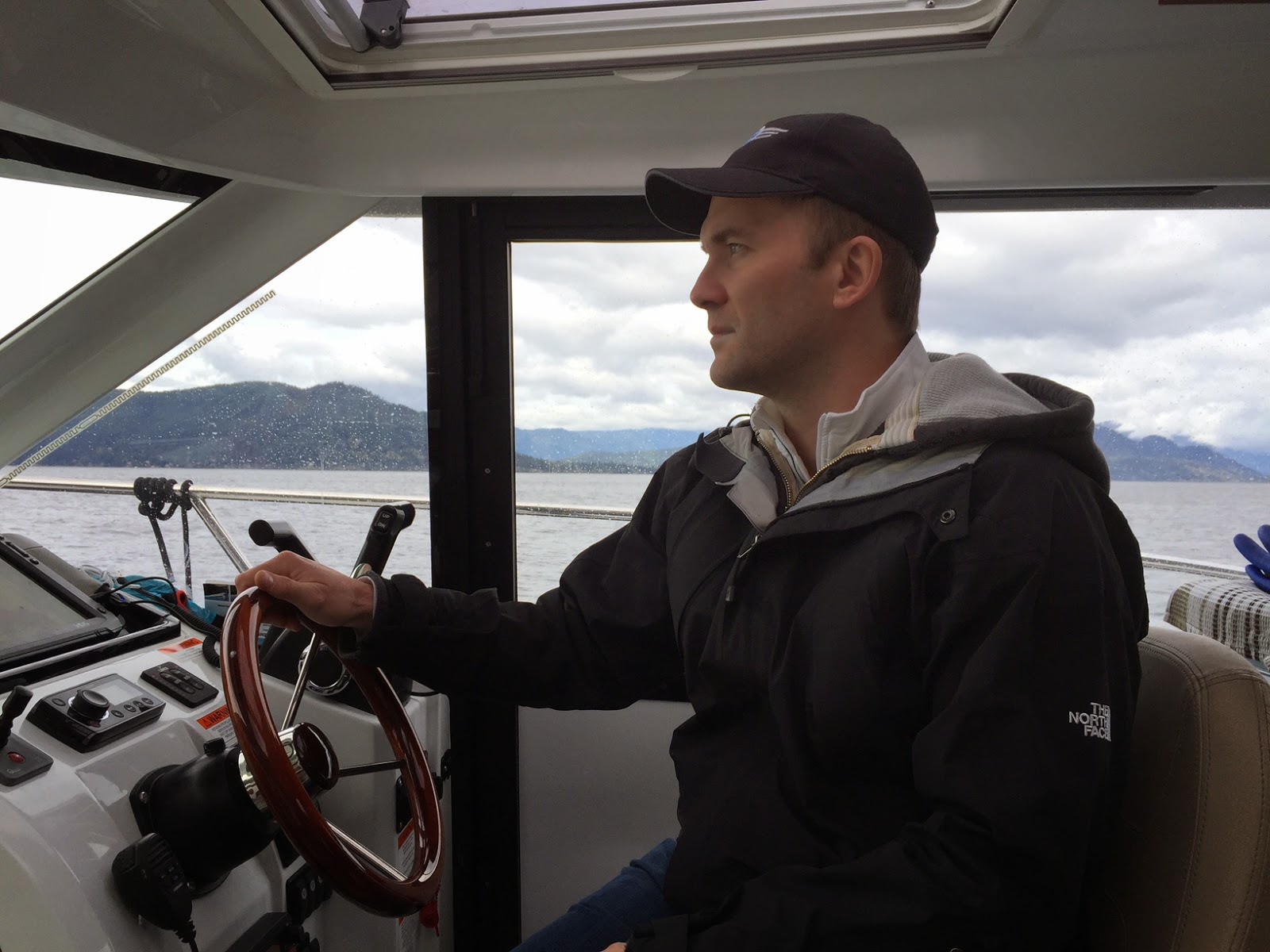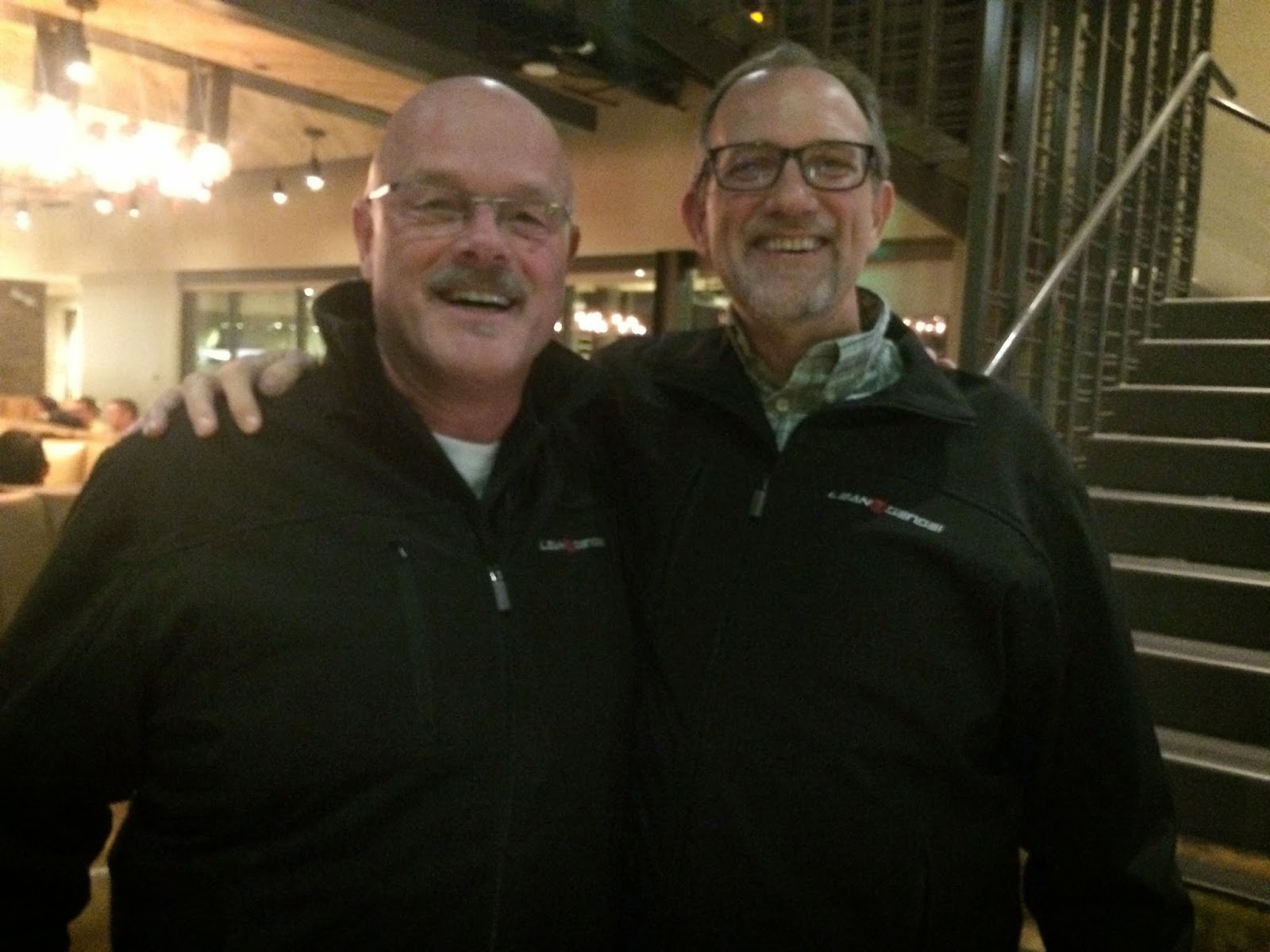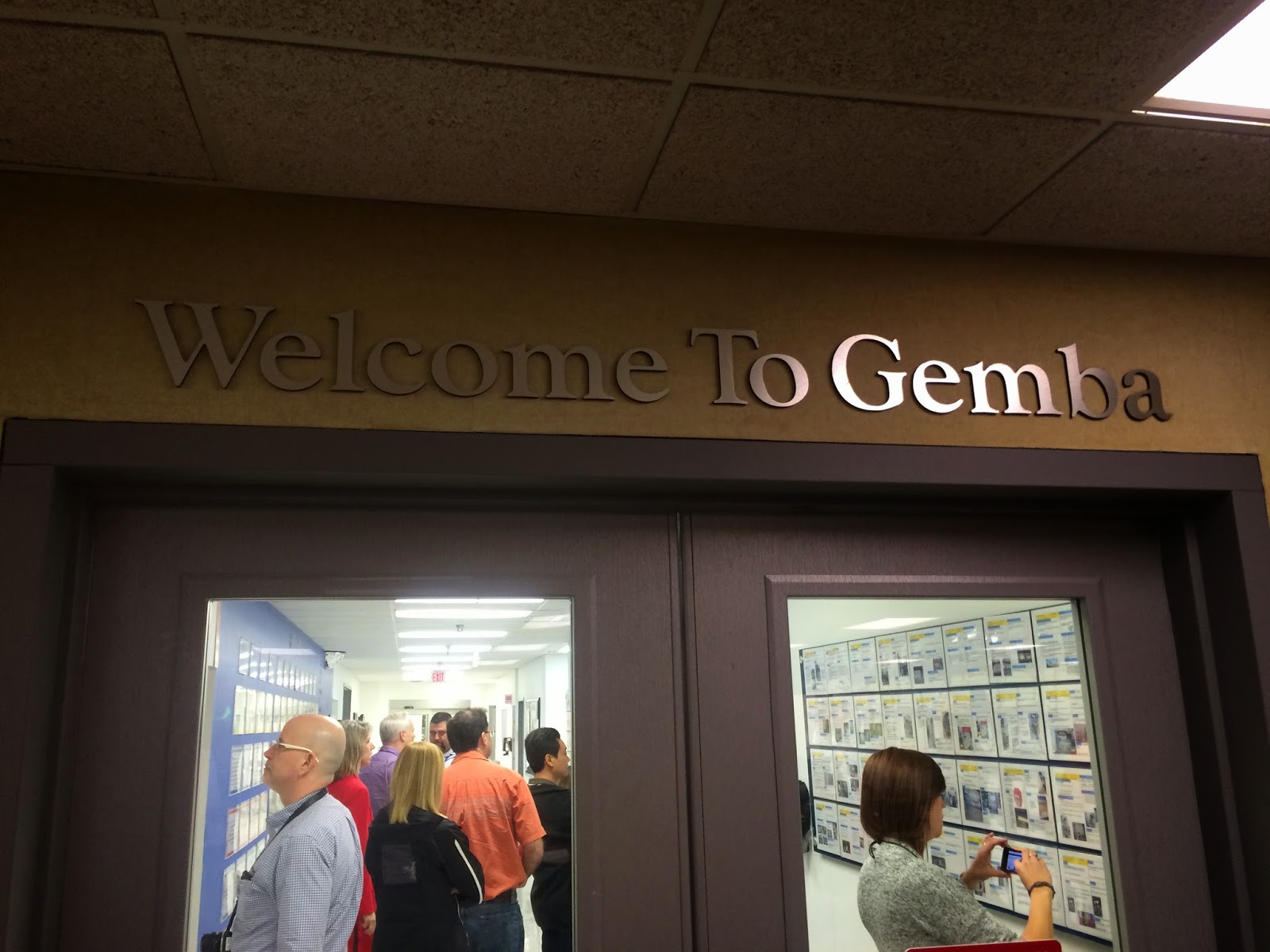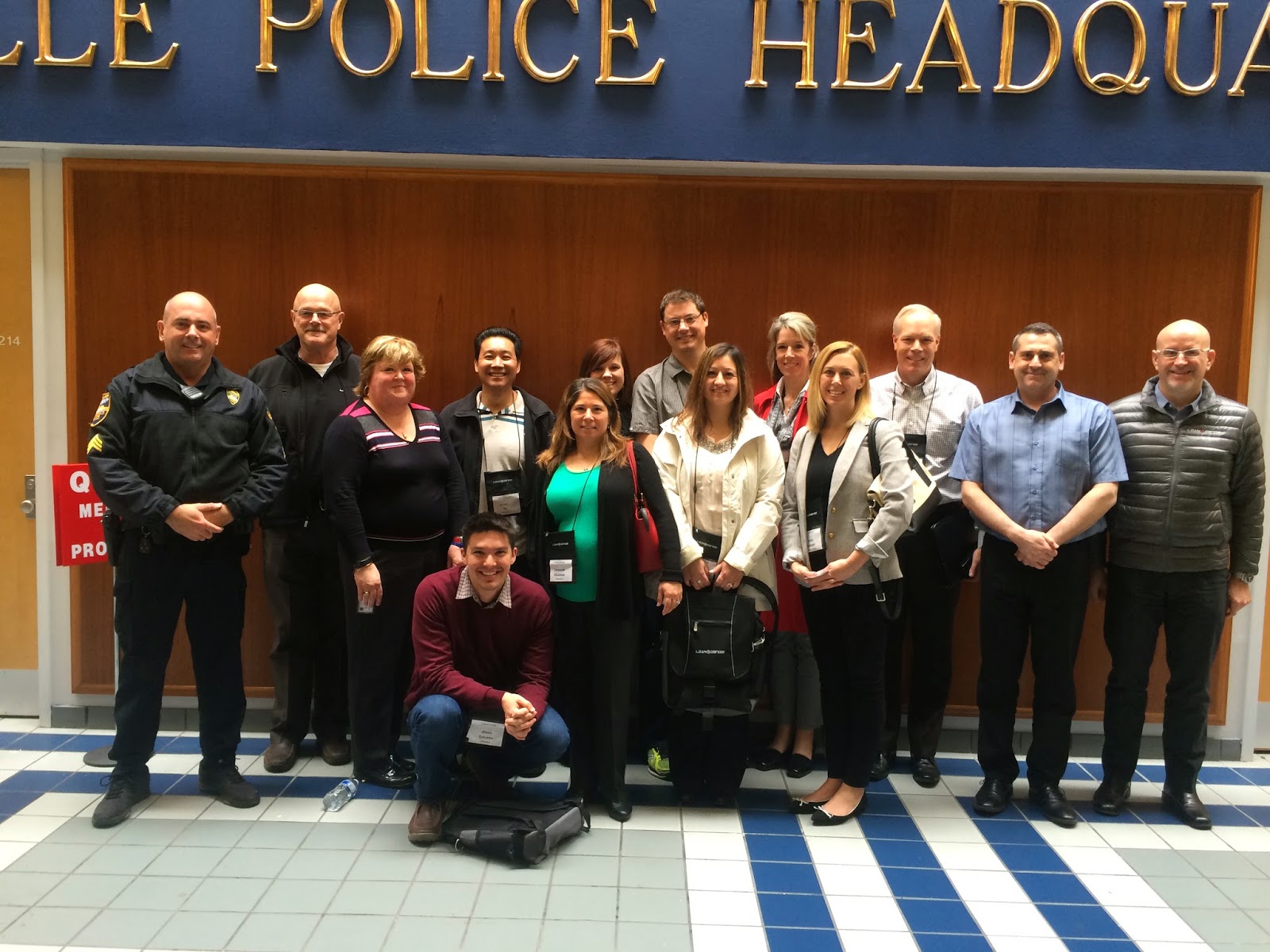March 6th, 2015.
I have been considering the Master Blackbelt program from the moment I completed Module 1 of the Greenbelt program. Now that may sound a bit "lofty" or "ambitious" for a person just starting to dip their toe into the Lean Ocean. But there were three other driving forces compelling me to look that far ahead.
Firstly, the Greenbelt program wasn't exactly my first foray into Lean. I had the benefit of experiencing Lean process improvement in my workplace almost 1 year before starting my Greenbelt journey. When I saw how it worked, and recognized the potential it could achieve, I was hooked. I also had a few of my team members that reported to me go through Greenbelt just before me, so I had an idea of what I was in for.
Secondly, in the context of my role at BCIT - our team is responsible for identifying new methodologies and techniques/models, incubating and assessing them, and then launching the ones that bring value to the organization. So you could say reaching deeper into lean was actually part of my vocation.
Thirdly, I am, and have always been curious and a life-long learner. I can't help but look at something that interests me and wonder how it works under the covers. So I guess by my nature, I am going to want to understand this Lean thing in much more depth. The theory behind the methodology and practical and pragmatic applications of it that can be applied directly, or analogously to my organization and experiences.
So really, I had no choice! I remember my first days in Greenbelt. Listening to the Sensei's as they downloaded content and strange phrases at me. And before I knew it, we were out in a Gemba somewhere exercising those skills. It was challenging and rewarding. Not until later did I really understand how 'sanitized' that applied learning really was. While to us in the program, it felt like we were thrown into a situation and had to fend for ourselves using these new tools (5S, VSM, Value Innovation), in fact, the groundwork had already been done by our Lean coaches to ensure the scope and complexity was well within our capabilities.
That realization really came to light at the beginning of the Blackbelt program. Here I was, back for more. And it was made clear to us that the kind of safety net that the behind-the-scenes Greenbelt preparation provided was not part of the Blackbelt program. We were going to be taking a "system wide" view of Lean in an organization, and we were going to have to work out a lot of the details, roles, and identify the problems that needed to be addressed ourselves. The only safety net we were aware of was the presence of a senior Lean coach. Hopefully, if we started to stray a bit, we could depend on the coach to "nudge us from both sides" to get us back on track. It was an exponential shift in learning and application of Lean.
Now, here I am stepping into the Master Blackbelt program. I have learned to expect less structure at the front end. There are some general requirements that need to be met. Actually, a lot of requirements that need to be met. But the program isn't nicely laid out and tied up with a bow. For this program, it is clear that we are as much looking and waiting for the next "opportunity" as we are consuming content and theory. As the opportunities come up, we need to be ready and excited to jump in with both feet. But the stakes are higher too. Most of the program revolves around real Kaizen activities at client sites. These aren't learning opportunities. These aren't extensions of some module of some standard curriculum. These are real situations where companies are relying on the expertise of the Lean consultants - including us, the MBB Candidates to help them identify and resolve problems, find innovative ways of implementing continuous improvement, and build sustainment models that work.
So, here we go, It is going to be a great ride. It's a bit like riding that roller coaster for the first time that goes into a dark mountain.
You know the tracks will always lead to the same safe place at the end of the ride - or will they??
But as you are plunged into that darkness without any way to anticipate which direction you are going to be tossed, you just hang on and enjoy the rush! That - with any luck - will be my MBB journey.










































